Introduction
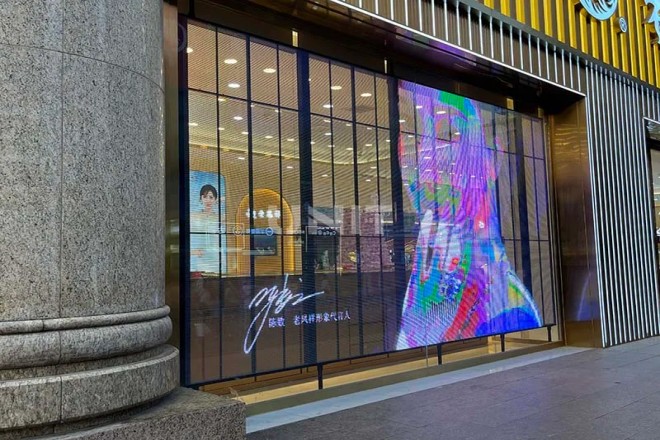
En tant que moyen important de diffusion d'informations modernes, Écrans d'affichage LED can be widely used in many fields such as commerce, entertainment, and transportation. This is inseparable from its stable operation and stable and reliable power supply.
As the basis for the operation of LED display screens, the quality of electricity directly affects the performance, life and safety of the display screen.
Therefore, in-depth discussion of the requirements of LED display screens for electricity is of great significance to improving the stability and safety of the display screen.
1. Basic electricity requirements of LED display screens
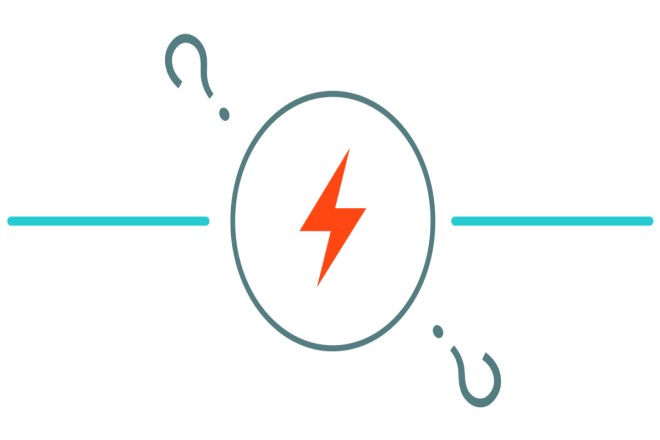
As an outstanding representative of modern electronic display technology, LED display screens are widely used on various occasions, such as commercial advertising, information releases, organiser performances, etc.
In order to ensure the normal operation and long-term stability of LED display screens, their electricity requirements are crucial. The following are the basic electricity requirements of LED display screens:
1). Electricity supply voltage and frequency
- Electricity power supply voltage:
The power supply voltage of LED display screens is usually 220V±10%. This means that in practical applications, the power supply voltage should fluctuate between 198V and 242V to ensure that the display screen can work properly.
If the voltage is too low, the display screen may be insufficiently bright or unable to light up; if the voltage is too high, the electronic components inside the display screen may be damaged.
- Frequency requirements:
The power supply frequency requirement for LED display screens is 50HZ±5%, which means that the power supply frequency should be between 47.5HZ and 52.5HZ.
A stable frequency power supply is crucial to ensure the refresh rate, image stability, and color reproduction of the display screen. Excessive frequency fluctuations may cause image flickering, distortion, or unstable display.
2). DC electricity supply and positive and negative pole requirements
- DC electricity supply:
LED modules are generally electricityed by DC +5V, and their operating voltage range is 4.2-5.2V. This is because LED lamp beads require stable DC current to drive to ensure their luminous efficiency and life.
It is strictly forbidden to use AC electricity supply, because AC electricity may cause LED lamp beads to switch frequently, thereby shortening their service life and increasing the failure rate.
- Positive and negative pole requirements:
When connecting the electricity supply, you must ensure that the positive and negative poles of the electricity supply terminals are correctly connected.
If the positive and negative poles are connected in reverse, the electronic components in the LED module will be subjected to reverse voltage, which may damage the product or even cause serious safety accidents such as fire.
Therefore, before connecting the electricity supply, be sure to carefully check the positive and negative pole markings of the electricity supply terminals and ensure that they are connected correctly.
2. Electricity safety and protection measures for LED display screens
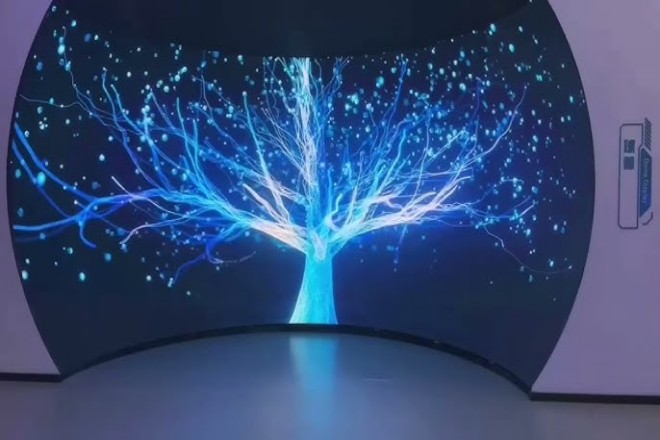
1). Grounding protection and lightning protection
- The importance of grounding protection:
Grounding is the basis for ensuring the stable operation of LED display screens. Through grounding, harmful currents such as static electricity and leakage inside the equipment can be introduced into the earth, thereby protecting the safety of equipment and personnel.
When installing LED display screens, it is necessary to ensure that the ground wire is reliably isolated from the neutral wire to prevent current leakage or short circuits.
At the same time, the connection of the ground wire should be firm and stable to avoid loosening or falling off.
- Lightning protection measures:
Lightning is one of the main natural threats facing LED display screens. In thunder and lightning weather, lightning may enter the equipment through electricity lines, signal lines, etc., causing serious damage.
In order to prevent lightning damage to LED display screens, the following measures can be taken: Install single-phase or three-phase electricity lightning arresters on the electricity lines, and install signal lightning arresters on the signal lines.
These lightning arresters can discharge quickly when lightning strikes, and introduce lightning energy into the earth, thereby protecting the equipment from damage.
For outdoor LED display screens, especially those located in open areas or near tall buildings, lightning rods should be installed. Lightning rods can directly lead lightning into the ground to prevent it from hitting the display screen.
Regularly check the effectiveness of lightning protection facilities to ensure that they can work properly. If lightning protection facilities are found to be damaged or ineffective, they should be replaced or repaired in time.
2). Abnormal phenomenon handling
- Identify abnormal phenomena:
When using the LED display screen, pay close attention to its operating status.
Once abnormal phenomena such as short circuits, tripping, burning wire, smoking, etc., are found, the electricity should be stopped immediately, and the cause of the problem should be found.
These abnormal phenomena may be caused by electricity failure, line aging, poor contact, etc. If not handled in time, it may cause equipment damage or cause greater safety hazards.
- Repeated electricity-on tests are prohibited:
Until the cause is found, repeated electricity-on tests are prohibited. Repeated electricity-on tests may aggravate the degree of damage to the equipment and even cause greater safety hazards.
If the cause of the problem cannot be determined, professional technicians should be contacted in time for inspection and maintenance. Before the arrival of professional technicians, the site should be kept safe to avoid contact with live parts.
3). Other electricity safety and protection measures
- Electricity supply selection:
Choosing a reliable electricity supply is the key to ensuring the stable operation of the LED display screen. When purchasing an electricity supply, you should choose a well-known brand with guaranteed quality and ensure that it meets the electricity requirements of the LED display screen.
The electricity supply should have safety functions such as overload protection and short circuit protection. When the current is too large or short-circuited, the electricity supply can automatically cut off the circuit to prevent equipment damage or fire and other safety accidents.
- Line layout:
The line layout should be reasonable and standardized. When installing the LED display, the electricity line, signal line, and other lines should be arranged neatly and orderly to avoid line crossing, entanglement, and other phenomena.
Check the connection of the line regularly. If the line connection is loose or the contact is poor, it should be handled in time. At the same time, it should be ensured that the line connection is firm and reliable to avoid loosening or falling off to cause equipment failure or safety hazards.
- Inspection et entretien réguliers :
Regular inspection and maintenance of the LED display’s electricity system is an important measure to ensure its stable operation. A detailed inspection and maintenance plan can be formulated and implemented according to the plan.
During the inspection, key parts such as electricity supply, line, and lightning protection facilities should be focused on. If potential safety hazards or signs of failure are found, they should be handled and repaired in time.
For outdoor LED displays, the impact of environmental factors on the equipment should also be considered. For example, rain, dust, etc. may cause equipment failure or performance degradation. Therefore, during regular inspections, special attention should be paid to the influence of these factors and corresponding protective measures should be taken.
3. Precautions for the use and maintenance of electricity on LED display screens
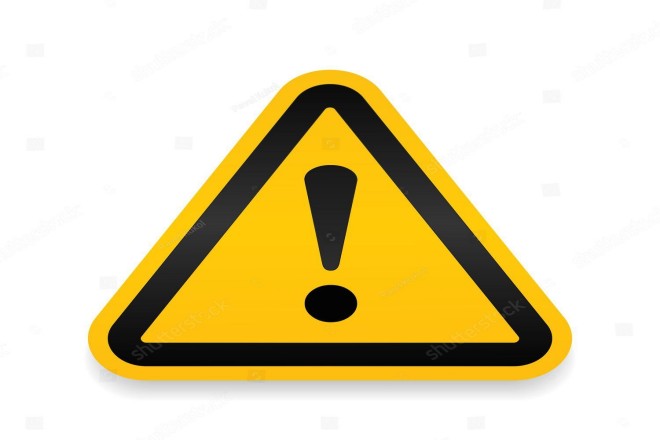
As an important tool for modern information dissemination, the use and maintenance of electricity on LED display screens are crucial. The following are precautions for the use and maintenance of electricity on LED display screens.
1). Step-by-step electricity supply and electricity control
- Step-by-step electricity supply:
The large LED screen must be powered by steps. This is to avoid the impact on the electricity distribution system when the entire screen is at maximum electricity, thereby protecting the safety of the electricity distribution system and the LED display screen.
The specific operation method of step-by-step electricity supply is: first turn on the electricity supply of a part of the LED display screen, and then gradually turn on the electricity supply of other parts after it runs stably.
This ensures that the electricity distribution system gradually bears the load and avoids damage caused by instantaneous impact.
- Electricity control:
In order to reduce problems such as excessive current and heating of the electricity cord, it is recommended to avoid playing the full white screen with the highest brightness for a long time. This is because the full white screen will cause the LED lamp beads to emit light at maximum electricity, thereby generating a large current and heat.
The electricity of the LED display screen can be reduced by adjusting the playback content or setting a brightness limit. For example, when playing dynamic videos, you can adjust the brightness and contrast of the video to reduce the luminous electricity of the LED lamp beads.
2). Electricity switch and service life
- Electricity switch operation:
During use, the electricity cannot be turned on and off continuously. This is because frequent switching operations will cause impact and damage to the electricity system and electronic components of the LED display.
There should be at least 1 minute between each electricity on and off. This is to ensure that the electricity system and electronic components have enough time to cool and recover, thereby reducing the risk of damage.
- Extending service life:
In order to extend the service life of the LED display, it is recommended that dynamic videos be played as the main function. Dynamic videos can not only provide a rich visual experience but also prevent the LED lamp beads from being in a high-brightness state for a long time, thereby reducing the speed of their aging and damage.
At the same time, regular cleaning and maintenance of the LED display is also an important measure to extend its service life. You can use a soft brush or vacuum cleaner to gently brush the surface of the screen to remove dust and dirt. However, it is forbidden to use any liquid substances to clean the surface of the LED module to avoid damaging the LED lamp beads.
4. Supporting measures for the electricity supply of the LED display
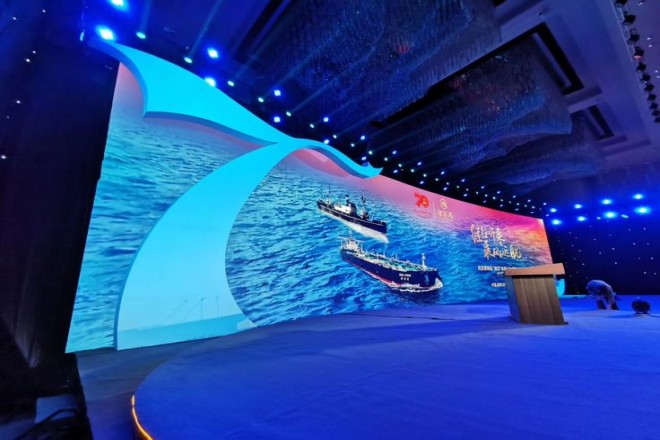
1). Improvement of equipment room facilities
- Reasonable setting of equipment room area:
The equipment room space of at least 18 square meters provides sufficient placement area for the electricity, signal control, and storage equipment of the LED display. This area ensures sufficient spacing between the equipment to avoid poor heat dissipation or signal interference caused by small space.
- Precise control of environmental conditions:
The heating and air conditioning equipment installed in the equipment room can automatically adjust the indoor temperature according to seasonal changes to keep the equipment running within the optimal operating temperature range.
At the same time, the design of the anti-static raised floor effectively prevents static electricity from damaging sensitive electronic components and improves the operating stability of the equipment.
- Proximity between the screen and the equipment room:
In order to ensure the quality of signal transmission, the LED display should be installed as close to the equipment room as possible. A shorter communication distance helps to reduce signal attenuation and interference and ensures the clarity and accuracy of the screen display.
2). Careful planning of electricity lines and distribution systems
- Reservation and laying of electricity lines:
On the path from the equipment room to each LED display, two metal pipes are reserved for passing the electricity line and signal line.
These metal pipes not only protect the lines from external interference and damage but also ensure the neatness and beauty of the lines. Metal pipes should be concealed in the floor, ceiling, or wall to reduce the impact on the space.
- Selection of electricity cord and signal line:
The electricity cord uses BV-500V copper wire, which has excellent conductivity and insulation performance, ensuring the stability and safety of the electricity supply. At the same time, the electricity cord is equipped with PE wire (protective ground wire), which provides reliable grounding protection for the equipment.
The signal line uses a four-core shielded communication cable, which can effectively shield external electromagnetic interference and ensure the clarity and stability of signal transmission.
- High standards for load level and electricity configuration:
The load level of the LED display is designed according to the first-level load, which means that when the electricity supply is interrupted, the electricity supply can be quickly restored to ensure the continuous operation of the screen.
UPS electricity supply is configured for key equipment such as computers to provide temporary electricity supply when the city electricity is interrupted. UPS electricity supply has stable and reliable output voltage and current, ensuring the normal operation of the equipment and the security of data.
- Professional design of electricity distribution system:
The electricity distribution system should be comprehensively designed according to the electricity consumption of the LED display and the requirements of on-site construction.
Select suitable distribution boxes and wires to ensure the stability and reliability of the electricity supply.
At the same time, the electricity distribution system should have good overload protection and short-circuit protection functions to prevent equipment damage and safety accidents caused by excessive current or short circuits.
3). Normalization of maintenance and inspection
- Entretien régulier :
Regularly maintain the electricity supply system of the LED display, including checking the connection, insulation performance, and operating status of electricity lines, signal lines, distribution boxes, and other equipment.
Timely discovery and dealing with potential safety hazards and signs of failure to ensure the stable operation of the electricity supply system.
- Formation professionnelle :
Provide electricity safety training and professional guidance to personnel using LED display screens to improve their safety awareness and operating skills. Ensure that users can correctly operate and maintain the electricity supply system to avoid equipment damage and safety accidents caused by misoperation or improper maintenance.
4). Other precautions
During the installation and maintenance process, relevant safety regulations and operating manuals should be strictly followed to ensure the safety of personnel and equipment.
Perform performance testing and calibration of LED display screens regularly to ensure that their display effects and performance are always in the best condition.
Record and maintain logs in a timely manner to facilitate tracking and troubleshooting.
Conclusion
In summary, LED display screens have strict and multifaceted requirements for electricity, from electricity supply voltage and frequency to safety measures and maintenance precautions.
Every link is crucial. Ensuring the stability and safety of electricity supply can not only improve the performance and service life of the display screen but also effectively prevent safety accidents.
Therefore, users should strictly abide by electricity requirements, regularly inspect and maintain electricity facilities, and pay attention to new technologies and new standards to contribute to the continued healthy development of the LED display industry.
Enfin, si vous souhaitez en savoir plus sur les écrans d'affichage LED, veuillez nous contacter.
